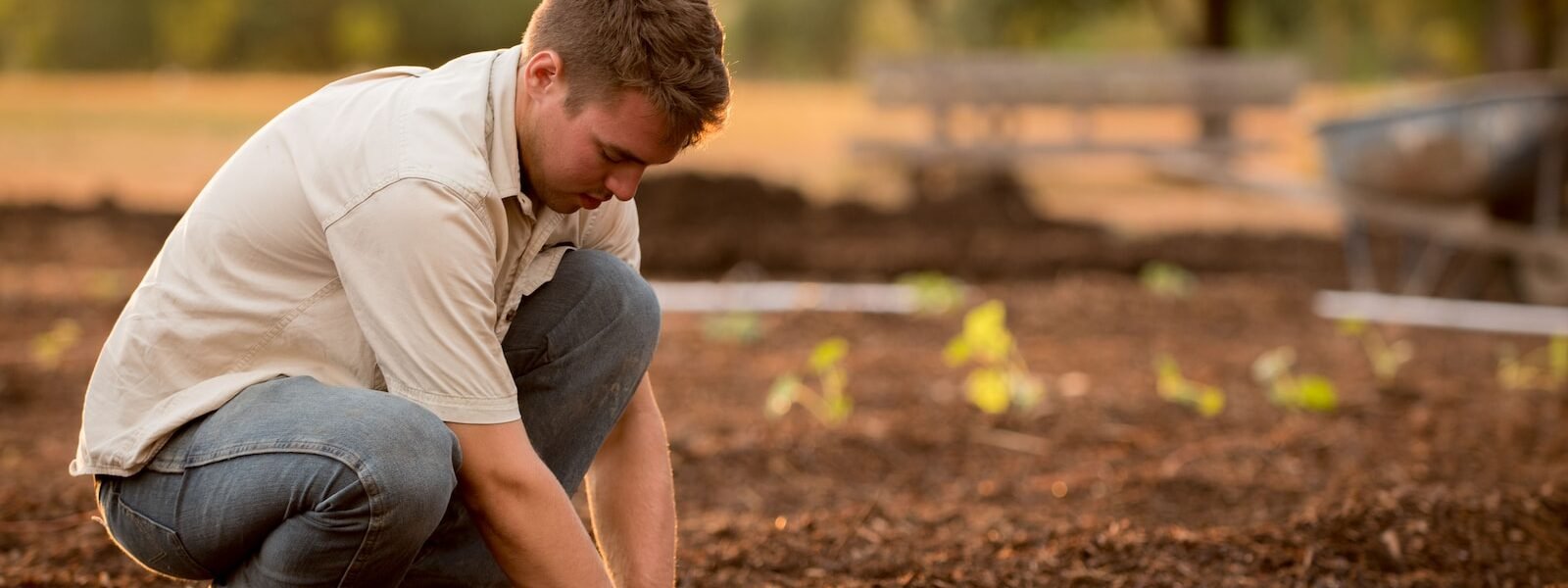Amid a surging demand for agriculture and a shifting landscape, the cost of farmland has seen an astonishing 7% rise this year, presenting a formidable challenge for prospective farmers. The escalating prices have left many grappling with the stark reality of being priced out of the market. This predicament is further compounded by the United States confronting an aging farmer demographic, raising concerns about the future of food production.
In Iowa, the iconic Shivers Farm, an enduring producer of beef and pork for over six decades, has become emblematic of the struggles facing modern agriculture. The farm, deeply entrenched in tradition, echoes the sentiment shared by Emily Shivers, who emphasizes the toil that goes into their produce. “This very corn, alongside hay, nourishes our cattle. It’s arduous labor, but it’s our contribution to sustaining America,” she declares.
The heartland of the nation, the Midwest, has been doubly burdened by a relentless drought that spanned both spring and summer, exacerbating the mounting pressure on farmers. Eager to expand their cultivation, farmers find themselves in a quandary as they watch land prices soar to unaffordable heights. The encroachment of developers, transforming fertile fields into thriving neighborhoods, adds yet another layer of complexity.
The data released by the USDA paints a stark picture of the escalating prices. On average, a single acre of farmland in the US now commands a staggering $4,080. In the corn-rich fields of Iowa, this value skyrockets to $9,930, while in the sun-soaked expanse of California, it reaches $12,400. The cost peaks in New Jersey, where a mere acre fetches an astonishing $17,700.
Harvesting Challenges: Bridging Generational Gaps
Over 80% of the global production of corn and soybeans stems from the Midwest, underscoring its pivotal role in sustaining the world’s food supply. The recent surge in corn and soybean prices, witnessed throughout 2021 and 2022, bestowed prosperity upon many farmers. Flush with funds, they eagerly invested in land, inadvertently driving up its value.
Martha McFarland, representing the Practical Farmers of Iowa, acknowledges the uphill battle faced by budding farmers. Escalating costs, she laments, are thwarting the dreams of newcomers. McFarland’s mission involves connecting retiring farmers with those aspiring to take up the mantle. She reveals that in northwestern Iowa, parcels of land are trading hands for a staggering $12,000 to $14,000 per acre.
Transitioning from veteran farmers to the next generation is a complex process, as explained by Will Cannon, a first-generation full-time farmer. With farmland becoming increasingly precious, Cannon contends that achieving a decent standard of living necessitates vast expanses of land, around 1,000 acres. The graying of American agriculture is evident, with the average age of Iowa farmers currently hovering at 60.
Cannon’s alliance with a seasoned farmer resulted in a successful partnership where he acquired equipment and land. Yet, this fortunate scenario remains elusive for many novices. The mentorship required to bridge generational gaps poses its own set of challenges. The symbiotic relationship between experienced and novice farmers resembles a delicate dance, essential for the preservation of agriculture’s legacy.
Tilling for Tomorrow: Nurturing Opportunities
In a disheartening twist, some absentee landowners opt to lease their land to the highest bidder, often shifting tenants on an annual basis. Such uncertainty prompts tenants to cut corners to ensure short-term gains, inadvertently jeopardizing the long-term sustainability of the land. The consequences ripple through time, potentially stunting the growth of future farmers.
Contrary to a lack of interest, the predicament faced by aspiring farmers lies in the scarcity of opportunities, asserts Cannon. The situation has prompted legislative action, as evidenced by Iowa Congressman Zach Nunn and Texas Congresswoman Jasmine Crockett’s recent proposal. Their legislation aims to streamline USDA loan requisites for new farmers, offering a beacon of hope for those seeking to sow the seeds of their agricultural ambitions.
The landscape of American farming stands at a crossroads, where the price of farmland intersects with the aspirations of a new generation. As the sun sets on the seasoned hands tending the fields, the dawn heralds the promise of rejuvenation. A concerted effort is needed, one that pairs wisdom with vigor, tradition with innovation, to ensure that the bounty of American agriculture continues to flourish in the hands of those who will nourish the generations to come.
Download our app MadbuMax on the Apple App Store for the latest news and financial tools. Interested in getting your finances in order do not forget to check Dr. Paul Etienne’s best-seller book on personal finance. To access more resources, tools, and services please click here. Also, do not forget to follow Dr. Etienne on IG or Twitter.





